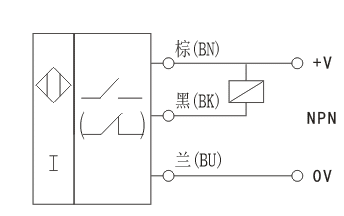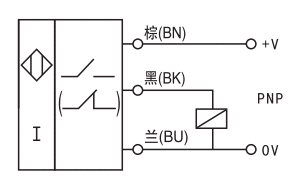Still not finding what you’re looking for?
Contact our consultants for more available products.
Diffuse Photoelectric Sensor is when the switch emits a beam of light, the target produces diffuse reflection, the transmitter and receiver form a single standard component, when there is enough combined light to return to the receiver, the switch state changes, the typical value of the distance of action is generally up to 3 meters. Features: effective acting distance is determined by the reflective capacity of the target, determined by the nature and color of the target surface; smaller assembly overhead, when the switch consists of a single element, coarse positioning is usually achievable; background suppression is used to adjust the measured distance; sensitivity to dust on the target and sensitivity to changed reflective properties of the target.
The diffuse photoelectric sensor is short for the photoelectric proximity sensor. It is used to detect the presence or absence of the object by blocking or reflecting the light beam of the object being detected. Objects are not limited to metals.
Any object that reflects light (or blocks it) can be detected. The photoelectric sensor converts the input current on the transmitter into an optical signal, and the receiver detects the target object according to the received light intensity or presence. In the security system common photoelectric sensor smoke alarm, the industry often uses it to count the movement frequency of the mechanical arm.
The diffuse photoelectric sensor also called a photoelectric sensor, the principle is to use the detected object to the light beam blocking or emission effect, to determine whether there is an object, the transmitting end and the receiving end of the light changes into an electric current, for testing purposes.

